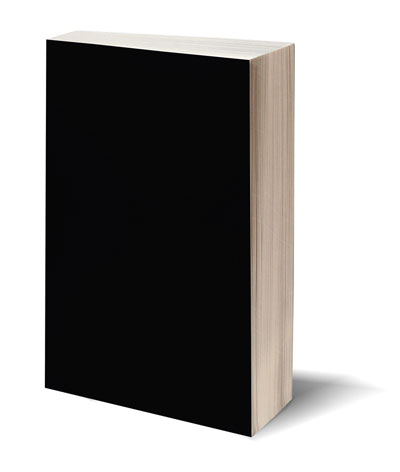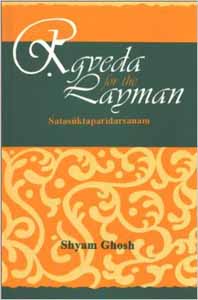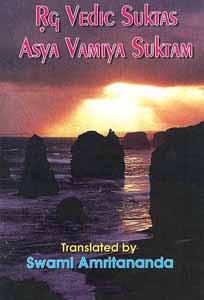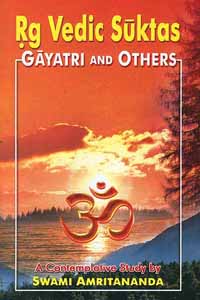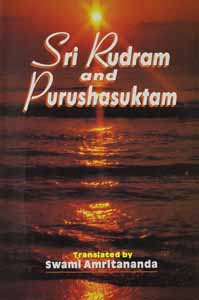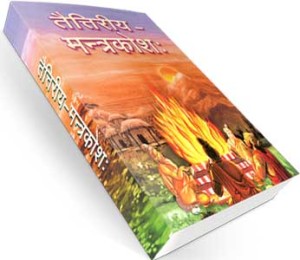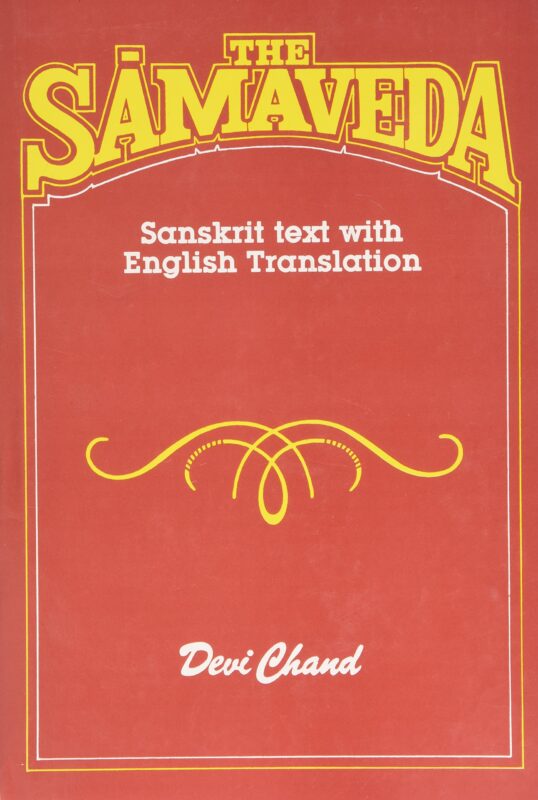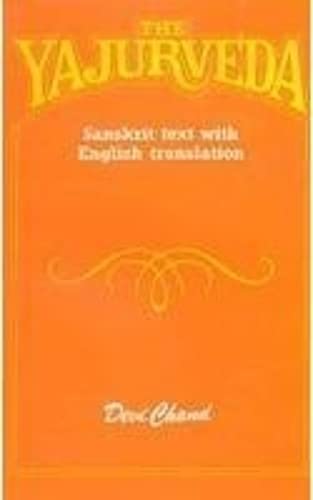Vedas
Hymns of the Samaveda
Mainly consisting of musical hymns drawn from the Rgveda, it is third in the order of the Vedic Samhitas. The translated verses by Ralph T.H. Griffith, were intended to be sung by the priests during the performance of the many sacrificial rituals common during the Vedic period.
More info →Rgveda for the Layman: Satasuktaparidarsanam
A critical survey of one hundred hymns of the Rgveda, with Samhita-patha, Pada-patha and word-meaning and English translation.
More info →Rg Vedic Suktas: Asya Vamiya Suktam
Devanagari text, English translation based on the commentary of Sayana.
More info →Rg Vedic Suktas: Gayatri and Others
Gayatri mantra and two other related Vedic suktas presented for contemplative study.
More info →Rudram, Sri and Purushasuktam
Devanagari text, word-for-word meanings, English translation and commentary.
More info →Not in Stock
Taittiriya Mantra Kosa
Devanagari text with swara.
More info →The Samaveda
In this translation of the Samaveda, Devi Chand's understanding is based on the exposition of Swami Dayananda. The author adds an introduction and glossary to further benefit the reader not fully acquainted with the subject.
More info →The Samaveda Samhita
The Samaveda, or Veda of Holy Songs, ranks in importance next to the Rgvedas, in sanctity and liturgical content. The author, T.H. Griffith translated and compiled the text with loving detail after its first publication in 1893.
More info →The Yajurveda
The author, Devi Chand, has a deep understanding of Vedic literature and studied diverse interpretations of the Vedas. This translation of the Yajurveda contains hymns taken from the older Rigveda and prose passages which are new. It can be considered to be a priestly manual because it lays down rules for the performance of various sacrifices and rituals. The translation is based upon Swami Dayananda's original interpretation.
More info →








